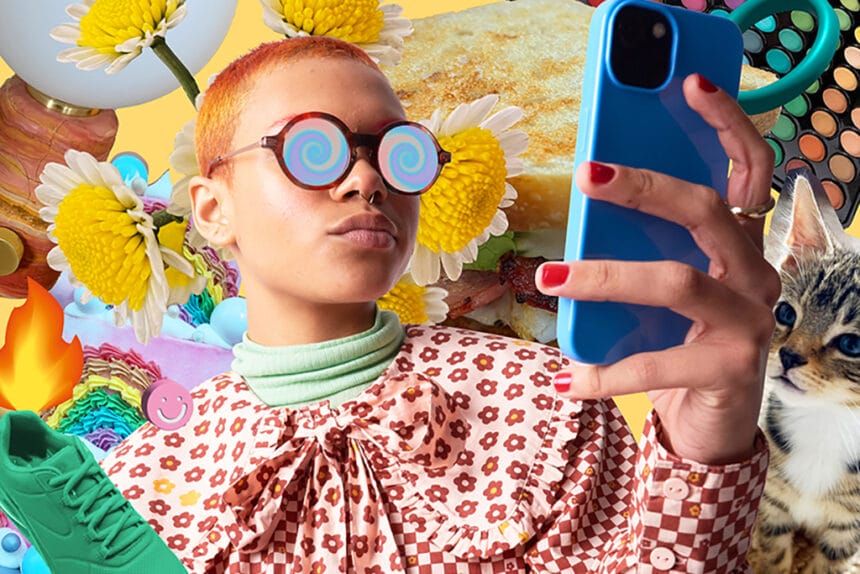Publicis Groupe digital shop Razorfish has launched a creator offering called Creator Colab, the agency announced on Tuesday.
Razorfish is tacking Creator Colab onto the social services offered by its consumer and content experience practice led by Cristina Lawrence, EVP of marketing strategy.
Group VP Arielle Carter and director Chloe Parsons will lead Creator Colab while focusing on strategy and creator content, respectively.
The unit will be staffed by around 50 employees, half of whom are in-house creators. Those creators and social strategists will monitor emerging social media trends and onboard brands onto different platforms.
Razorfish has offered creator marketing services for more than a decade but is only now formalizing its offering after witnessing how consumers increasingly rely on creator recommendations to make purchases, Lawrence said.
“Consumer trust in this sort of content has never been stronger,” she said. “Gen Z and Gen Alpha…turn to creators and influencers for recommendations and guidance above other resources.”
Beyond recommendations, creators are driving social commerce by operating as storefront owners selling branded products on their platform of choice, she added.
Razorfish’s in-house creators will service most clients, but Creator Colab will also pair brands with third-party talent should the need arise. By primarily relying on Razorfish employees, the team aims to get creator content online faster than if it has to operate as a middle-man for external talent.
Prioritizing in-house creators with fixed salaries also erases the need for complicated pay negotiations, Lawrence said.
Pay can vary significantly depending on a variety of factors such as the creator’s ability to convert engagement into sales, their rate of growth on a specific platform and whether or not they have a talent agent.
When Razorfish does need to go outside of its walls, it will rely on vendors such as Open Influence and Linqia to set fair rates.
Creator Colab will work across most major platforms including TikTok, Meta and, for B2B clients, LinkedIn, to connect with a variety of consumers.
“We’re always talking about Gen Z, but what does this look like for an older audience?” Lawrence said. “Boomers go online, too…we really have to expand the aperture of what we think about when we say creator or influencer.”
This article originally appeared on Campaign US.







